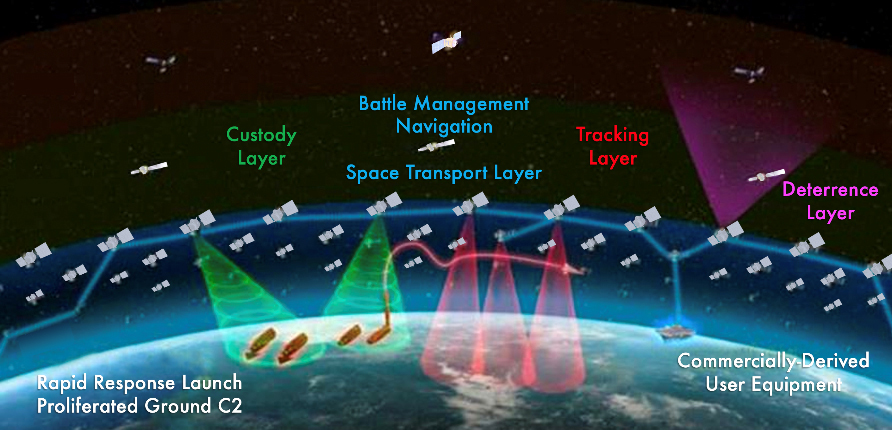Elon Musk’s SpaceX was awarded a $149 million contract to build missile-tracking satellites for the Pentagon.
The Space Development Agency announced Monday that SpaceX and L3Harris Technologies were awarded a combined $342 million “to build out Tranche 0 of the tracking layer for the National Defense Space Architecture.”
Each company will build four overhead persistent imaging satellites by the end of fiscal year 2022.
Derek Tournear, director of the Space Development Agency, said that the satellites “will be able to provide missile tracking data for hypersonic glide vehicles and the next generation of advanced missile threats.”

These awards are the second round of contracts to develop the NSDA, according to Tournear. The contract is SpaceX’s first to build satellites and comes after the company’s successful launch and return mission with NASA astronauts, the first manned space launch on U.S. soil in nearly a decade. SpaceX also received a $28 million contract from the Air Force in 2019 to test encrypted internet services with the Starlink satellite network, according to Fox Business.
Tranche 0 involves the eight tracking satellites that will be built by SpaceX and L3Harris in addition to 28 other “transport layer satellites.” The construction of those 28 other satellites will be solicited separately, according to Tournear.
Tournear said that the satellites will be able to track threats such as “hypersonic glide vehicles, ballistic missiles … any of those kinds of threats.”
“The transport satellites are the backbone of the National Defense Space Architecture,” Tournear said. “They take data from multiple tracking systems, fuse those, and are able to calculate a fire control solution, and then the transport satellites will be able to send those data down directly to a weapons platform via a tactical data link, or some other means.”
The NDSA will comprise three tranches when completed. Tranche 1 “will include a couple hundred satellites in the transport layer, and a few dozen in the tracking layer,” according to the Defense Department. Tranche 2 will involve building out the entire system as needed in order to reach global coverage. Those tranches are expected to be completed by 2024 and 2026, respectively.

